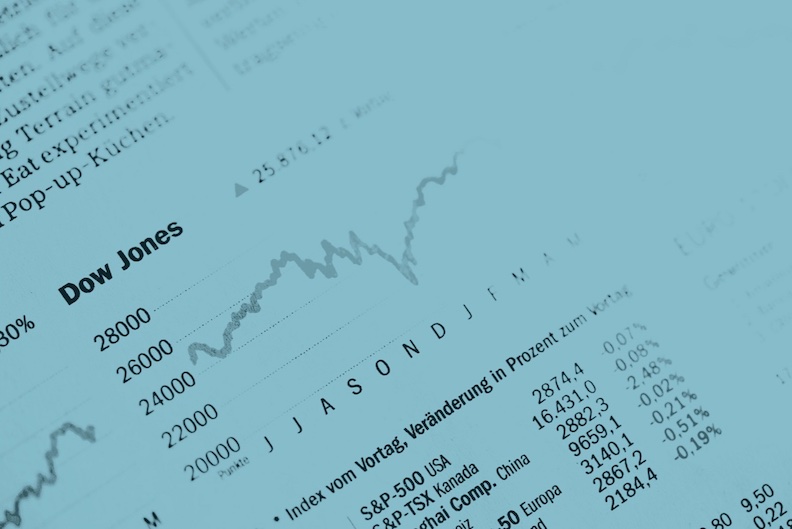What is it about?
Romania is the 10th largest economy in EU-28 and also one of the fastest growing economies in the region. An end-use energy demand model is developed for Romania to assess energy requirement by sector and by enduse for 2015–2050 period. Industry would surpass residential sector as the largest final energy-consuming sector from 2035 onwards. Services sector would exhibit the fastest growth of energy consumption. Despite expected decline in country’s population, demand for electricity would grow in the future driven by increased household income and expanded services sector, which is relatively electricity intensive. Still, Romania’s per capita electricity consumption would be about half of the EU-28 average. At the end-use level, thermal processes in industry, space heating in the residential and services, and road passenger travel in transport sector would be dominant throughout the study period. Improvement of energy efficiency in the heating system exhibits the highest potential of energy saving.
Featured Image
Why is it important?
The paper makes three main contributions. First, we develop flexible and easy to learn end-use bottom-up model to study long-term energy demand at sub-sector and end-use level for Romania. While there are long established energy system models, our model requires less significant learning curve and time commitment, less input data requirement and non-proprietary software to assess energy demand. Second, we analyse detailed long-term energy demand evolution by sub-sector and by end-use for Romania. This is especially important because understanding of these detailed energydemandevolutioniscriticalinimplementingEUrecommended energyandclimatestrategies in the country. Our third contribution is identifying the key sector and sub-sector strategies for the development of sustainable energy and low-carbon economy over the long-term in Romania.
Read the Original
This page is a summary of: Assessment of long-term sustainable end-use energy demand in Romania, International Journal of Sustainable Energy, June 2018, Taylor & Francis,
DOI: 10.1080/14786451.2018.1482301.
You can read the full text:
Resources
Contributors
The following have contributed to this page







